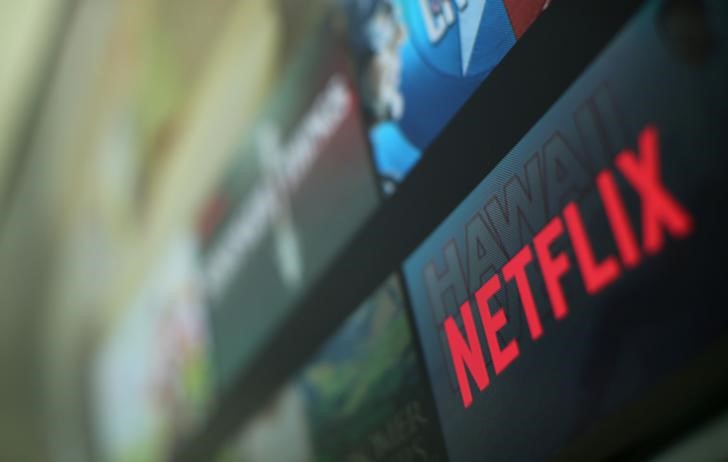Investing.com - Here are the top five things you need to know in financial markets on Wednesday, July 17:
1. Bank of America, Netflix, IBM to release earnings
The string of bank earnings continues on Wednesday with the release of quarterly numbers from Bank of America (NYSE:BAC) ahead of the open. Investors will likely focus on the bank's cost-cutting efforts along with its investment banking performance.
Tech will steal the spotlight after the market close with the first FAANG report this season from Netflix (NASDAQ:NFLX), where the focus will be on subscriber growth trends and on the rising cost of content production.
IBM (NYSE:IBM) will also publish its quarterly numbers, where the focus will be on whether the company managed to return to revenue growth in its core business, after it fell 5% in the first quarter. Markets will also be looking for guidance on the impact of its costly Red Hat acquisition.
2. G7 to focus on tech tax
G7 finance ministers kicked off a two-day meeting outside Paris and will likely discuss the growing powers of big digital firms while they try to work out a united front on how to tax them.
G7 governments are concerned that decades-old international tax rules have been hollowed out by the emergence of companies such as Facebook (NASDAQ:FB), Amazon (NASDAQ:AMZN) and Apple (NASDAQ:AAPL), which book profits in low-tax countries regardless of the source of the underlying income.
France last week passed a new tax on digital sales, aimed at larger companies, despite a threat from the U.S. to launch a probe that could lead to trade tariffs in response.
3. U.S. stocks set to crawl back toward record highs
U.S. futures pointed to a higher open as stocks looked set to crawl back toward record highs. Comments from U.S. President Donald Trump on Tuesday that trade talks with China had a “long way to go” dented bulls' enthusiasm, although the S&P 500 broke a five-day losing streak.
Dow futures gained 33 points, or 0.1%, by 5:28 AM ET (9:28 GMT), S&P 500 futures rose 5 points, or 0.2%, while Nasdaq 100 futures traded up 19 points, or 0.2%.
While company earnings will likely dominate trading, markets will also be able to check the health of the U.S. real estate market, with the publication of June building permits and housing starts at 8:30 AM ET (12:30 GMT).
4. Hard Brexit, election risk shake U.K. assets
Fears that the U.K. will depart the European Union without a deal pushed sterling to its lowest in more than two years against the dollar in early morning trade in Europe.
Concern over a “no-deal Brexit” has increased, after Conservative leaders Boris Johnson and Jeremy Hunt both vowed to ditch the so-called backstop for Northern Ireland, a key element of the withdrawal agreement that was meant to stop short-term disruption to the economy after Brexit. The EU has signaled repeatedly that it considers the backstop an indispensable part of any deal. Johnson, the bookmakers' favorite to take over, is also planning to call a general election next year, according to The Times of London.
Cable sank as far as 1.2383, its lowest level since April 2017, before finding its footing and paring losses.
5. Oil recovers from Pompeo-induced slide ahead of inventories
U.S. crude bounced back, recovering from a slide of more than 3% on Tuesday after U.S. Secretary of State Mike Pompeo indicated Iran had said it was prepared to negotiate about its missile program. Iran pushed back against Pompeo's characterization. Even if true, talks about ballistic missiles would still not address Iran's suspected pursuit of a nuclear weapon, which is the chief bone of contention between it and the West.
Tension between the two countries over Tehran’s nuclear program had supported oil prices given speculation that the situation could escalate.
Market focus will be on the weekly release of U.S. crude inventories at 10:30 AM ET (14:30 GMT) amid expectations for a fifth weekly decline of 2.69 million barrels. The Energy Information Administration report will also include data on U.S. production which will be parsed for threats to a fragile supply-demand balance.
